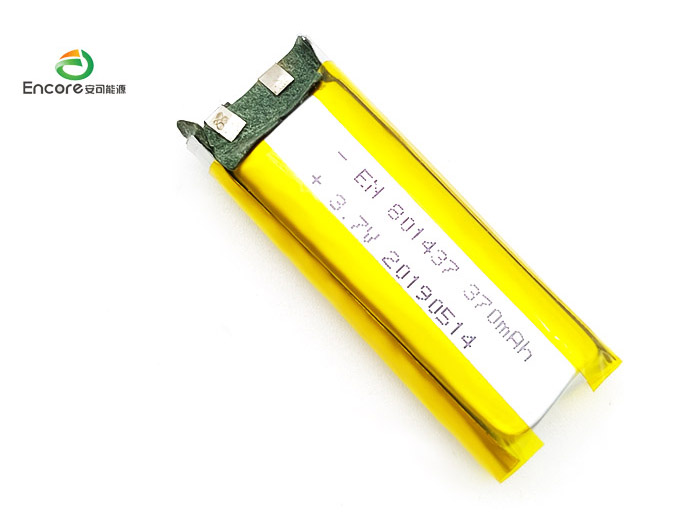- English
- Español
- Português
- русский
- Français
- 日本語
- Deutsch
- tiếng Việt
- Italiano
- Nederlands
- ภาษาไทย
- Polski
- 한국어
- Svenska
- magyar
- Malay
- বাংলা ভাষার
- Dansk
- Suomi
- हिन्दी
- Pilipino
- Türkçe
- Gaeilge
- العربية
- Indonesia
- Norsk
- تمل
- český
- ελληνικά
- український
- Javanese
- فارسی
- தமிழ்
- తెలుగు
- नेपाली
- Burmese
- български
- ລາວ
- Latine
- Қазақша
- Euskal
- Azərbaycan
- Slovenský jazyk
- Македонски
- Lietuvos
- Eesti Keel
- Română
- Slovenski
- मराठी
- Srpski језик
What are the structural characteristics of lithium iron phosphate batteries?
2022-08-18
The left side of the lithium iron phosphate battery is an anode composed of an olivine structure material, which is connected to the battery with aluminum foil. On the right is the negative electrode of the battery composed of carbon (graphite), which is connected to the negative electrode of the battery by a copper foil. is the polymer membrane that separates the anode and the anode. Lithium can pass through the membrane, electrons cannot. The interior of the battery is filled with electrolyte, and the battery is sealed with a metal casing.
The charging and discharging of the lithium iron phosphate battery is carried out between the two phases of LiFePO4 and FePO4. During the charging process, the elements are removed to form FePO4, and during the discharge process, ions are inserted into FePO4 to form LiFePO4.

When the battery is charged, the lithium element moves from the phosphoric acid to the surface of the crystal, enters the electrolyte under the action of the electric field force, passes through the separator, and then moves to the surface of the graphite crystal through the electrolyte, and then is embedded in the graphite lattice. On the other hand, the elements flow through the conductor to the aluminum foil collector through the tab, battery anode column, external circuit, and cathode tab to the copper foil collector of the battery anode, and through the conductor to the graphite anode for charge balance. After the lithium element is dephased from the phosphoric acid, the phosphoric acid is converted to iron phosphate.



